Last year I bade farewell to an old friend, or, to be more precise, my much-loved Swarovski scope. Technically, it was an ATS 80 HD spotting scope, together with three eyepieces, a 20x, 30x and a 25×50 wide-angle zoom; the latter was the lens I used most often.(The 20x wide-angle lens was great in poor light in the rain forest.) I had owned the scope, from new, for 23 years, in which time it had travelled with me to four different continents and around 40 different countries. I would be fascinating to know how many species of birds it was pointed at during its time with me, but it must have been well over 1,000.
My Swarovski ATS 80 HD, in action on a wet day in North Norfolk, August 2022 (watching Bee-eaters)
Unlike many spotting scopes, it was never granted the luxury of a zip-on cover. It proved strong enough to take the many knocks and falls that a hard-used scope experiences during its lifetime. I’ve never quite understood why so many people wrap their scopes up in little jackets, (but nor do I understand why it’s so popular to dress dogs up in coats, too, as they are already wrapped in fur. Perhaps it’s a basic human desire to dress things up.)
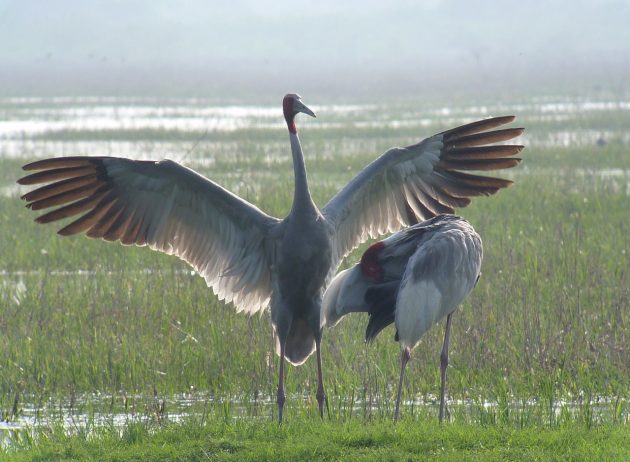
A pair of Sarus Cranes, digiscoped at Baratphur, India. The shot was taken with the Swarovski ATS 80 HD spotting scope with 25×50 zoom (set at 25x), using a Panasonic DMC-T27 camera
For many years I used it for digiscoping, for I found that a compact Panasonic camera fitted neatly into the 25×50 eyepiece so I was able to get remarkably sharp photographs without the need for an adapter. As a bird-tour leader, the scope was an essential part of my equipment, and I became pretty quick at getting it on to distant birds so that my clients could see them, too. Bird-tour leading and serious photography don’t mix (be wary of any leader who turns up with a big camera), but it was easy to grab a digiscoped picture once my clients had enjoyed their view of the bird. I got my sharpest results by never using the zoom on the camera, only on the scope.

Prize-winner: my shot of a Wryneck, digiscoped in a Polish orchard
I seldom enter photographic competitions, but for many years the magazine British Birds held an annual photography competition. In later years it included a class for digiscoping which I entered a few times. I was placed one year with a photograph of little egrets, taken at Kerkini in Greece, while the following year I won the class with a shot of Wryneck, photographed in an orchard in Poland (above). There was a worthwhile cash prize, which I spent on a sculpture of a swimming Otter – whenever I look at it, it reminds me of capturing the Wryneck shot.
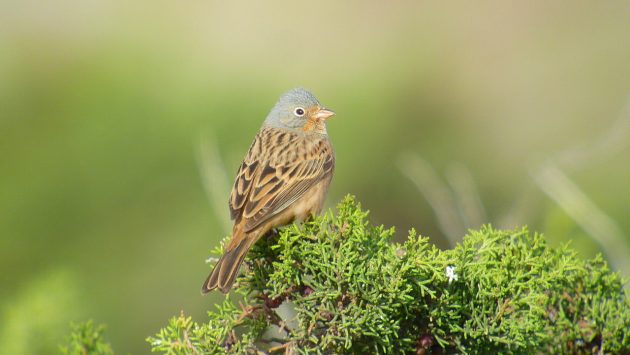
This Ctretzchmar’s Bunting was digiscoped in Cyprus
Digiscoping is a remarkably effective way of photographing distant birds, while the success of my photography reflected the sharpness of the Swarovski scope. However, it does have its disadvantages, chief of which is the difficulty of photographing flying birds. I tried many times with varying degrees of success – the Dalmatian Pelicans (below) were one of my better efforts. A successful digiscoped photograph also takes time to set up, as you have to get the scope out, up and focussed, by which time your subject may well have flown away. It was the advent of lightweight, mirrorless cameras that saw me finally abandon digiscoping, while the Panasonic camera I used didn’t have a great pixel count.
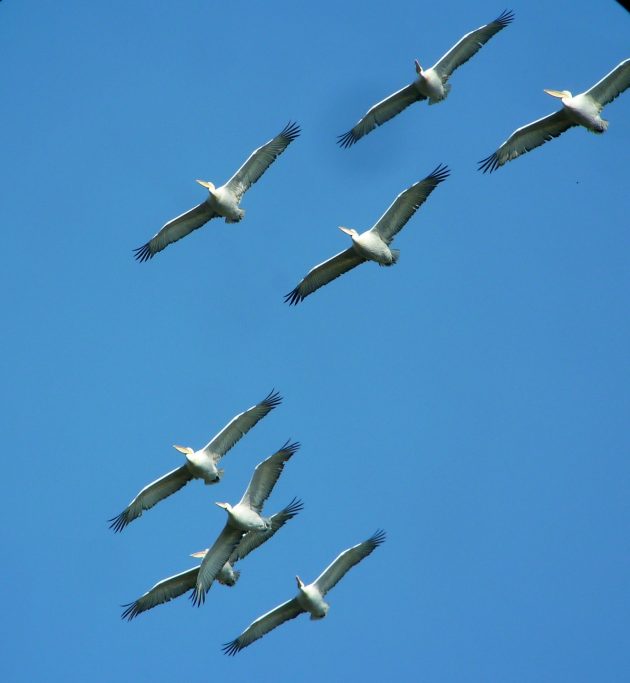
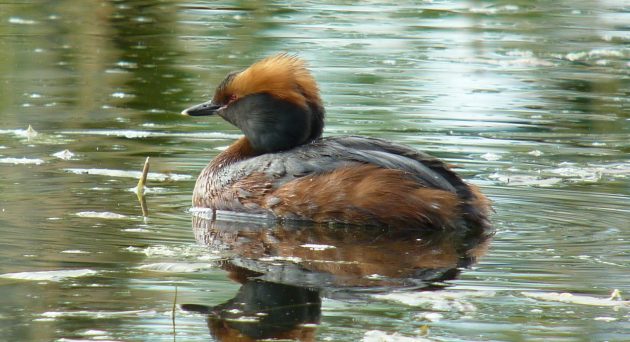
I was often surprised at the quality of my digiscoped photographs. This Slavonian (Horned) Grebe was photographed in Estonia

Digiscoping is great for capturing distant, wary birds, such as this Great Bustard in Spain
I’d opted for an angled eyepiece on the Swarovski as I had found that angled scopes are far superior when the scope is being looked through by people of different heights. It’s much easier for a tall person to bend down to look through an angled scope than it is for a short person to look through a straight-through scope set up for a six-footer. The Swarovski did have a sighting device to help pointing it at a target, but I never used it. Plenty of practice ensured that I could usually find my bird very quickly.
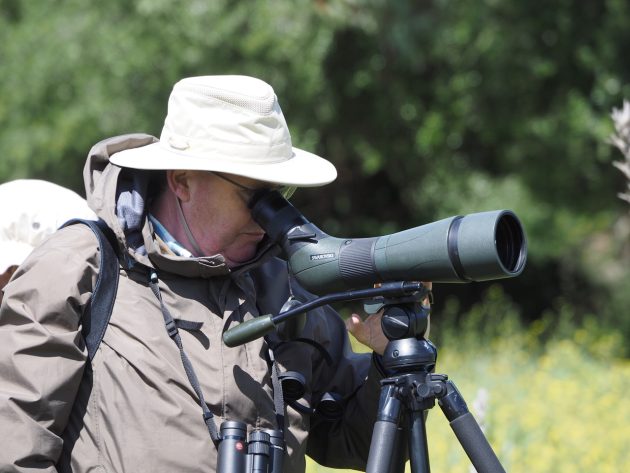
Tough, easy to use, great optics – there wasn’t much not to like about the Swarovski except one thing: it was heavy, tipping the scales at around 2000gm. It needed a substantial tripod to support it. I used a Swarovski carbon fibre tripod with Swarovski fluid head, which worked well, but the combined weight of the scope and tripod came to more than 4000gm (or about 9 pounds). I got used to lugging it around, but the real disadvantage was when I was travelling. I’m an expert at travelling light – I can do 14 days in India with hand luggage only – but the weight of both scope and tripod simply took up too much of my weight allowance.
Thus I was delighted when, in the autumn of 2022, Swarovski came up with the answer, a lightweight, compact travel scope. The ATC 17-40×56 seemed to be exactly what I wanted. As it was made by Swarovski I was confident that the optics would be terrific, while the weight of just 970gm (2 pounds, 2 ounces) represented a major saving. There was only one trouble. Despite launching the new scope with a blaze of publicity, the scopes were in such short supply that it was almost impossible to buy one. Eventually I managed to track one down, but there was no choice of colour, and it was burnt-orange or nothing. It now known as the Orange Peril.
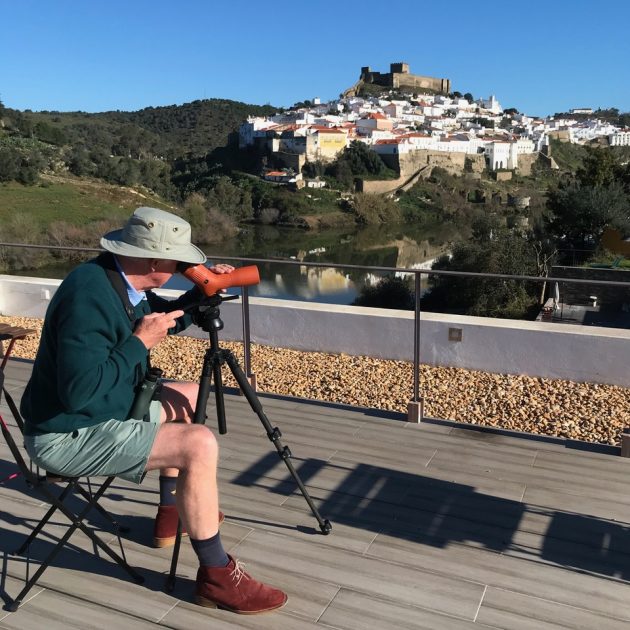
Watching Lesser Kestrels over Mértola, in the Portuguese Altentejo, March 2023
Now over a year later I’ve come to love my orange scope, and given the choice, I’d probably opt for orange again. Don’t ask me why, but it’s fun to have something that isn’t black or a military shade of green, while the birds don’t seem to mind, either. Optically, it’s just as good as I was expecting, giving a wonderfully bright image in most conditions. However, at maximum zoom on a dull winter day it’s not so impressive, but that’s hardly surprising. I like the big focus wheel on the body, while the zoom on the eyepiece works smoothly and easily. It will focus down to 11ft, which is impressive for a scope.
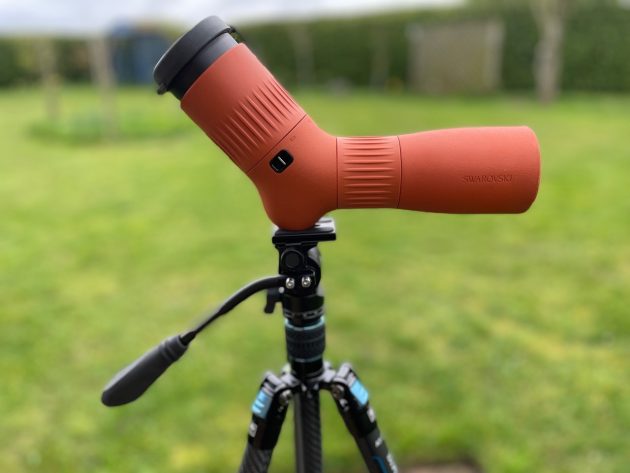
The Swarovski ATC spotting scope, mounted on a SmallRig Selection fluid head
The ATC spotting scope comes with a rather curious plastic half shell which allows you to use the scope, without a tripod, on a flat surface such as the shelf of a bird hide, and still use the focus wheel. It’s a clever idea, but didn’t really work for me, so the shell was removed and is highly unlikely to ever get used.
My one mistake, having bought the scope, was to not get a new tripod, so initially I didn’t really appreciate the weight saving. Earlier this year I bought a five-section Sirui carbon tripod (an AT-125), with what is claimed as a quick telescopic action. It’s a clever and effective design and weighs only 930gm, or just over 2 pounds. I’ve now replaced the ball head-on the Sirui with a a SmallRig Selection compact fluid head, a small but effective piece of kit weighing just 280gm. The combination of scope, head and tripod works really well, and is surprisingly stable. There’s the option to hang a weight from the middle pole of the tripod, which might be handy when using it in a strong wind, but the small size of the scope means that it doesn’t get buffeted by the wind in the same way as a full-size telescope.
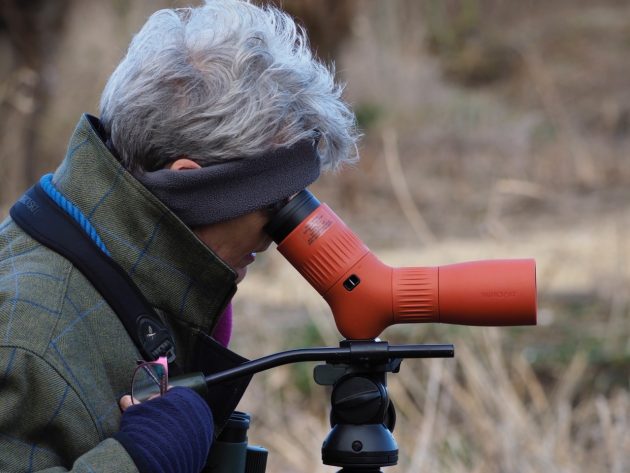
My old telescope once spent an hour sitting, unattended, at the side of a Spanish road when I’d driven off without it. It was only when I stopped to scope an Orphean Warbler that I realised I had left it behind: there was a huge surge of relief when I returned to find it where I had left it. I will be doing my best never to forget the Orange Peril, while the lack of weight means that it’s a pleasure to carry, not something I could ever say about the old scope/tripod combination.
Source link
Facebook
Pinterest
Twitter
LinkedIn

